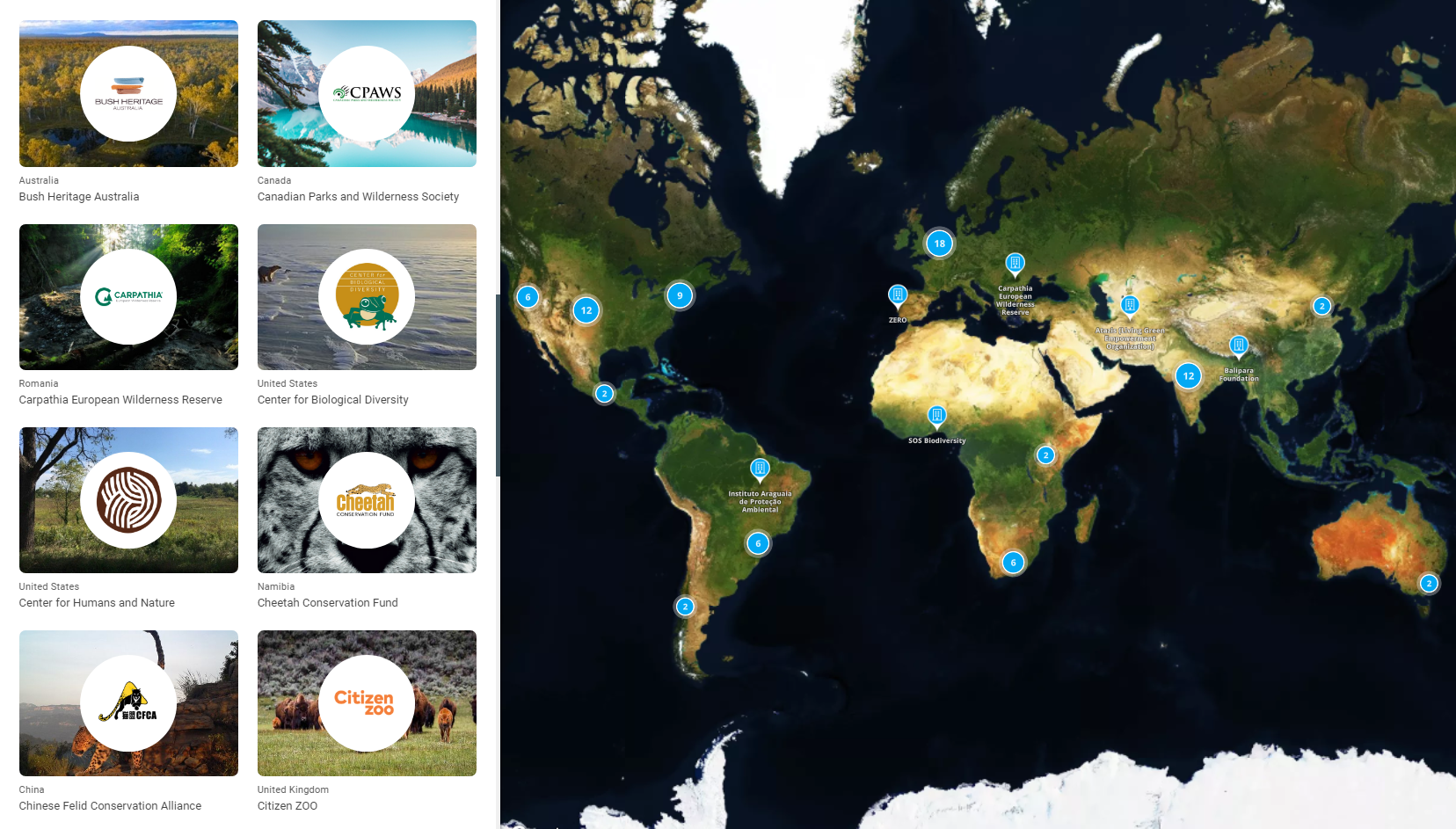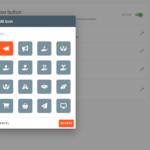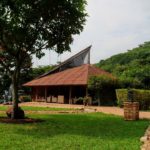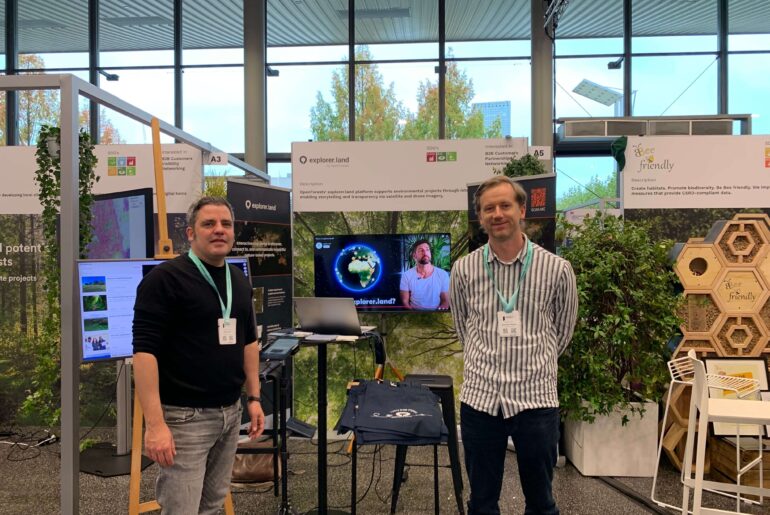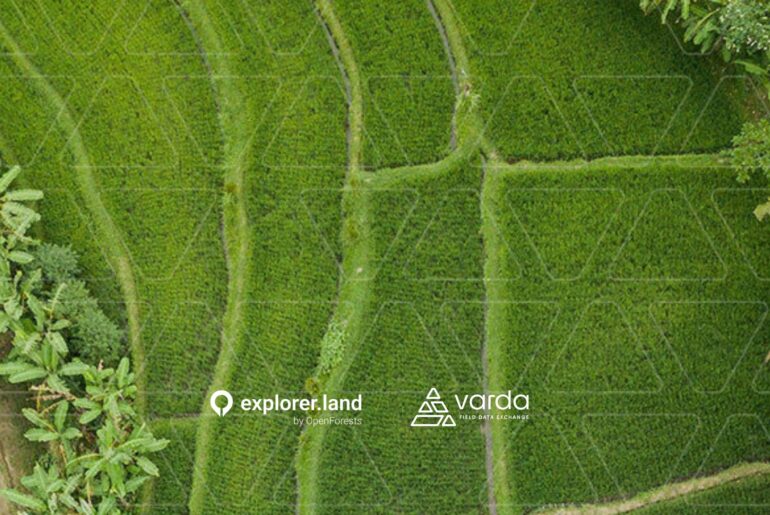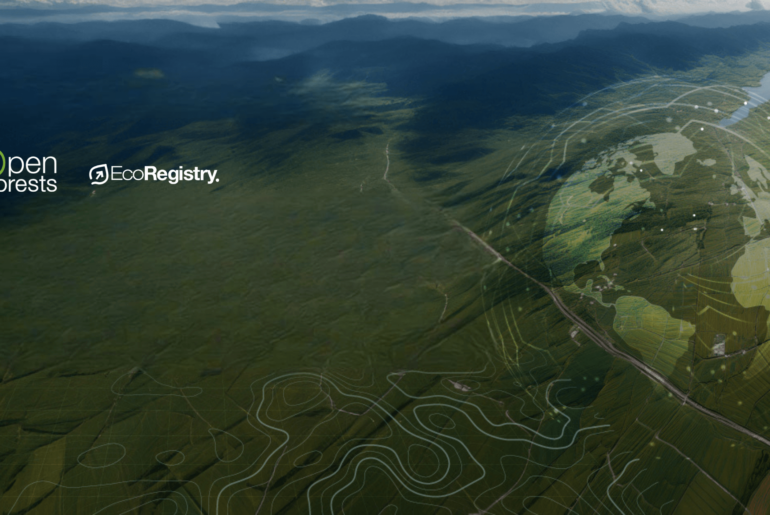The Global Rewilding Alliance and OpenForests recently launched the world’s largest rewilding map on explorer.land – a map that connects and visualizes the global rewilding movement. We know that rewilding is good for nature, the climate, and human wellbeing.
But why should we map it?
Through the map, global rewilding progress can be more easily tracked as different projects around the globe are visible at a glance. People can understand quickly where rewilding is happening and at what scale, regardless of language. The map reduces information disorganization, complexity, and overload, and provides an effective way to view, digest, and communicate vast amounts of data.
Apart from portraying rewilding in space, the map will also show the effects of rewilding in time. Different rewilding impacts on the ecosystem will be made visible in different time series as they develop (e.g., soil carbon density). Various other thematic layers are currently available on explorer.land in addition to soil carbon density, such as tree cover loss and gain, land cover, and priority ecoregions. More thematic layers and land-use change monitoring capabilities will be added in the coming months.
Showing the effect of interventions on ecosystems is important for transparency, which in turn is important for building credibility, trust, and engagement with restoration and conservation initiatives. Transparent communication of impact will become even more important as rewilding carbon standards and credits are introduced, addressing the general accountability problem of voluntary carbon markets and associated land-use projects.
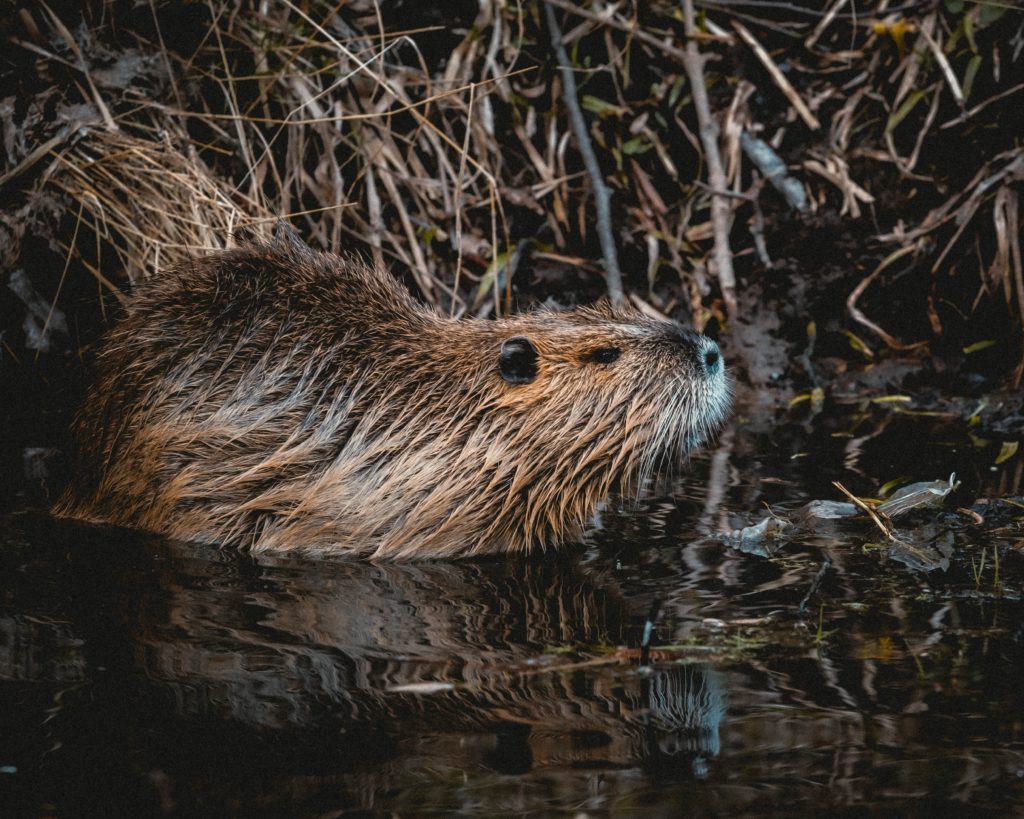
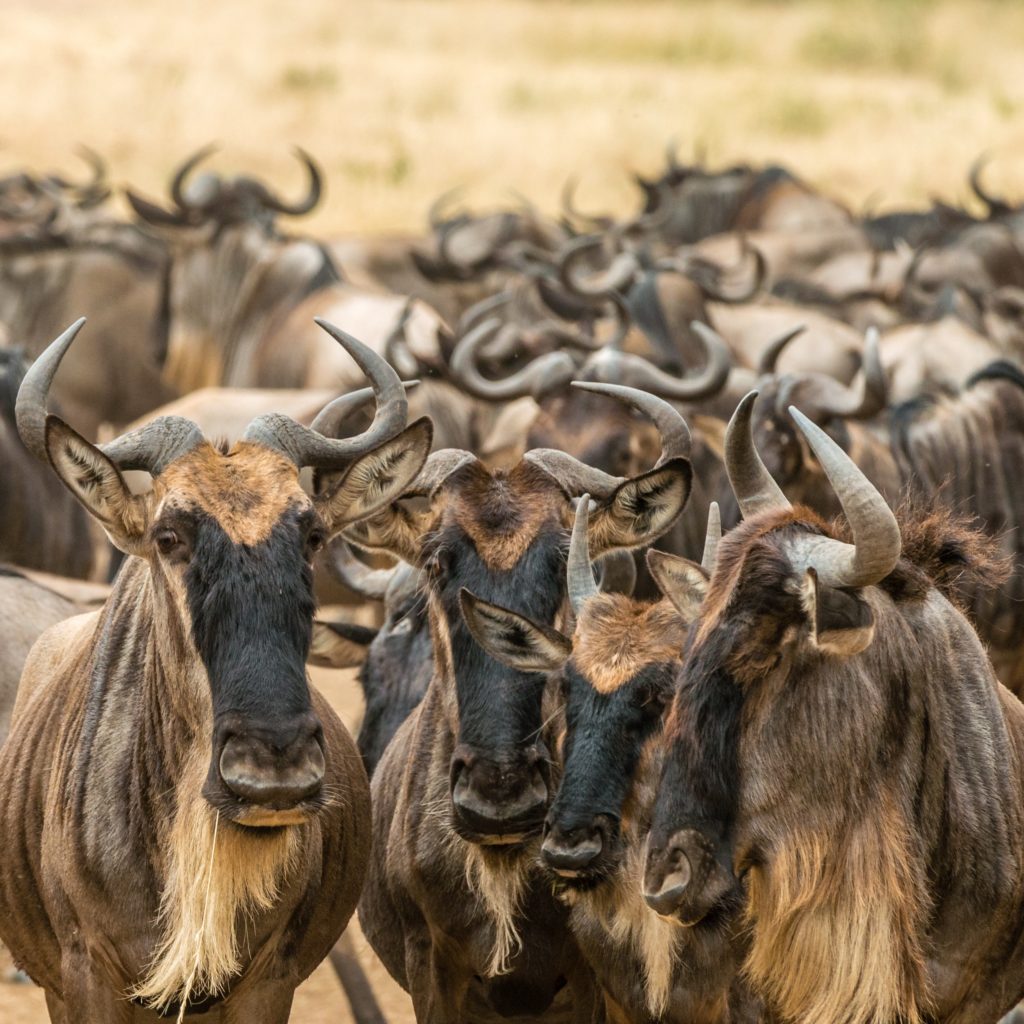
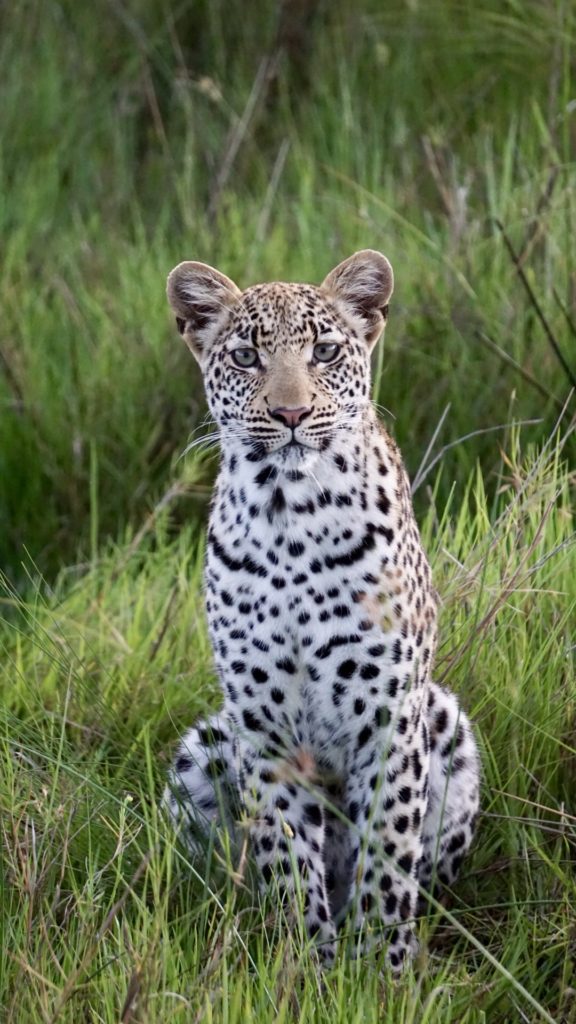
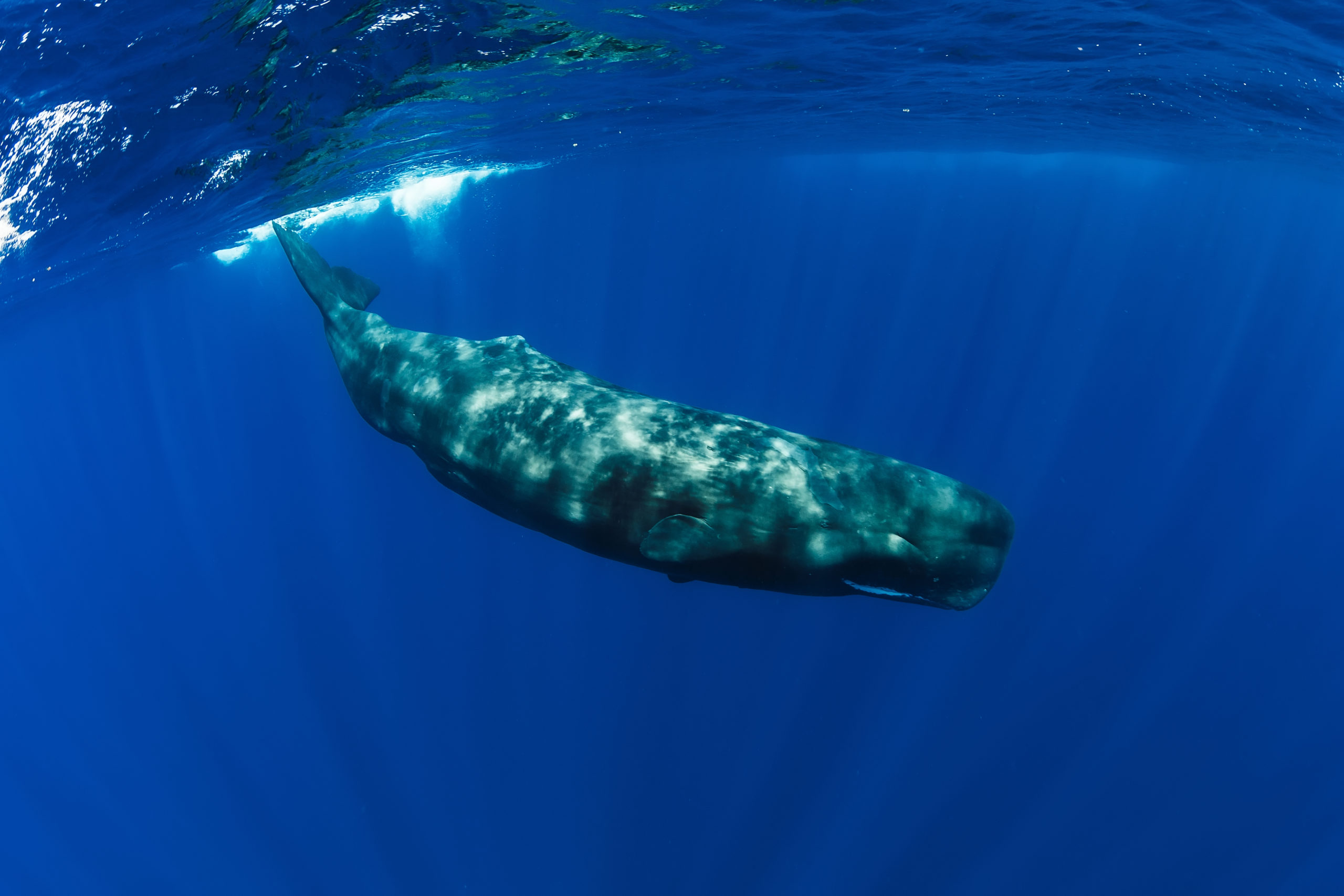
We also need a critical global mass to fall in love with rewilding and visual, map-based storytelling can help. Within the global rewilding map, geospatial information can be enriched with various other media such as drone imagery, panoramic photos, and ground-based, and drone-based videos to create a powerful visual impact. Such visuals support the data and impact evidence, boost engagement, and help people understand the landscape context. In addition, rewilding interventions can add news stories and link them to their geospatial context, as many rewilding projects have already done. By placing knowledge into context, stories are easier to process and generate more attention and engagement than traditional logical-scientific communication.
Rewilding offers a positive narrative that contrasts the “doom and gloom” narrative of the broader environmental movement. The global rewilding map will help this positive narrative to reach more people. And this engagement and transparency will increase funding towards rewilding initiatives.
You can read the Mongabay article here.
Let’s make the world wild again!

